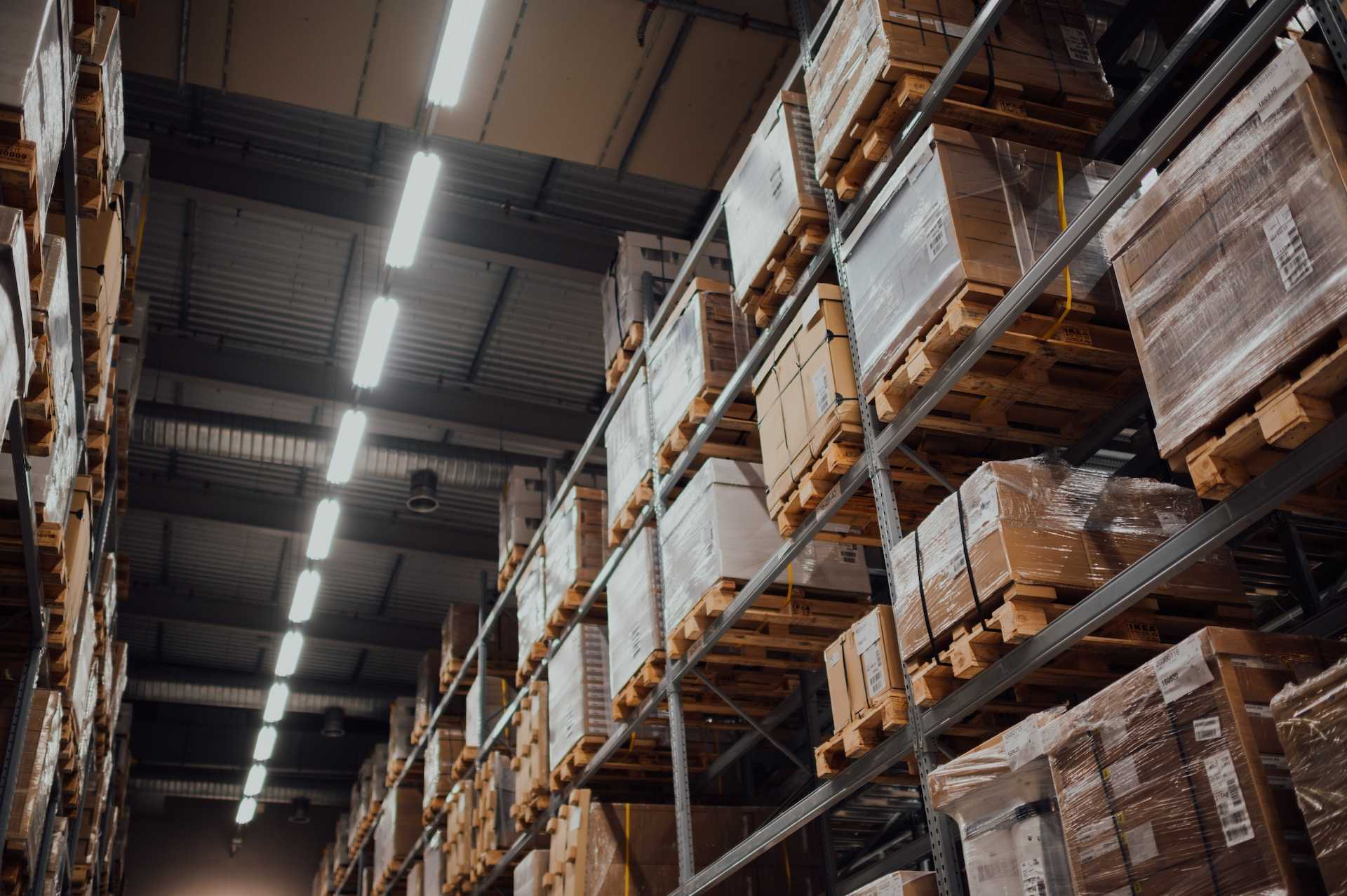
How Asset Monitoring Transforms the Various Industries
Many organizations today recognize the importance of indoor asset monitoring. It can revolutionize operations, decision-making, and profitability across a wide range of industries, such as manufacturing, logistics, healthcare, and retail. By leveraging advanced technology and real-time data, businesses can achieve new levels of efficiency, reduce costs, minimize risk, and optimize the use of their valuable resources.
What is an asset monitoring (tracking) system?
Asset monitoring is the real-time tracking of the location and status of equipment, machinery, and inventory. Various technologies can be used to monitor assets, including barcode scanners, UWB, RFID, and Bluetooth® Low Energy.
Asset monitoring systems use unique identification codes assigned to each asset. Sensors transmit these codes to special readers, which then send the data to a server for processing. The server determines the exact location of the asset and sends this information to the user’s smartphone, where it can be displayed visually on digital maps.
The global asset tracking market size is estimated at $21.09 billion in 2023 and is expected to grow at an annual growth rate (CAGR) of 13.91% by 2028, reaching a total volume of $40.45 billion.
Asset monitoring solutions are popular because they can increase the efficiency of asset management. By implementing these systems, businesses can improve the visibility of their valuable resources, avoid theft or loss, optimize workflows, and maintain a stable level of customer service.
Benefits of an asset monitoring system
Asset monitoring solutions help companies gain success in the market. They significantly facilitate work, minimize loss of equipment and vehicles, and position the company as a modern and advanced business. The key benefits of the technology are the following:
- Easy auditing. Thanks to the monitoring system, the process of verifying assets can be simplified. The management always knows where certain objects are located, in what technical condition they are, and which of them were leased.
- Reducing staff costs. By tracking employees, you can easily determine their current activity and the time they spend on each activity. This allows you to effectively distribute and adjust daily tasks based on priority.
- Improving inventory management. Technology helps in centralizing the business and controlling materials in the warehouse. With this solution, it’s possible to purchase the needed raw materials for production on time, which will increase productivity and eliminate equipment downtime.
- Planning equipment repairs and maintenance. The system monitors the condition of equipment and promptly warns about the need for maintenance. As a result, equipment uptime is improved and unforeseen stoppages of the production process are reduced.
- Preventing theft. When using an asset monitoring system, it’s possible to quickly detect the loss of equipment and take action accordingly. Real-time tracking allows the management to identify the current location of an asset to notify law enforcement.
How an asset monitoring system helps various industries
The asset tracking and monitoring system can be used across many industries. Let’s explore the most popular examples and draw some conclusions.
Manufacturing
Asset tracking and monitoring in factories help improve productivity by extending equipment life cycles and reducing operating costs. Implementing the system provides the following capabilities:
- simple and quick access to the service history of tools and vehicles;
- reducing the company’s costs for managing the life cycle of industrial equipment;
- simplified forecasting and budget planning for equipment purchases, investment implementation, and asset maintenance;
- optimizing inventory management to ensure smooth operation of the company and improve customer service.
Logistics and warehousing
Through asset tracking, the management can obtain real-time information about the location of objects in warehouses. Using the system, it’s much easier to track forklifts, carts, and other equipment, as well as build short routes to them to save time. The platform optimizes logistics and protects valuable assets from unauthorized access.
Healthcare
These days, doctors must assist in any emergencies, and this requires access to modern technologies and tools. Asset monitoring simplifies the work of doctors. When using it, clinics and other medical facilities can count on many advantages, such as:
- quickly finding any equipment;
- monitoring the condition of medical equipment to avoid downtime;
- eliminating cataloging and inventory errors;
- preventing theft or loss of equipment.
Retail
Stores and malls can use asset monitoring solutions to improve the customer experience. When using the system, the management gets easy access to all valuable resources, and can also keep track of the product inventory, replenish them promptly, and ensure proper maintenance. Additionally, the platform helps prevent shopping cart theft and minimizes the cost of purchasing them.
Transportation
Location-based tracking solutions improve logistics and customer service processes at airports or train stations. The monitoring system helps:
- position equipment and vehicles in real time;
- improve asset management, enhancing passenger and staff safety;
- collect detailed analytics to eliminate bottlenecks.
Construction
For successful construction projects, companies need to maintain the proper condition of special equipment and vehicles. Asset monitoring helps here, ensuring compliance with delivery times for construction materials, eliminating disruptions in schedules, and allowing you to control all types of assets, whether it be tools, trucks, cranes, excavators, or other machinery.
By using asset tracking in construction, you can avoid unexpected equipment breakdowns and plan for maintenance. The system helps maintain worker safety, improve customer service, and reduce equipment operating costs by extending its service life.
To sum up, indoor asset tracking and monitoring is an important and useful tool in business development. With it, you can radically transform entire industries, making them more profitable and efficient. Tracking is successful in all areas where equipment is used and a regular inventory of resources is carried out. The system also simplifies asset management and increases profits.






